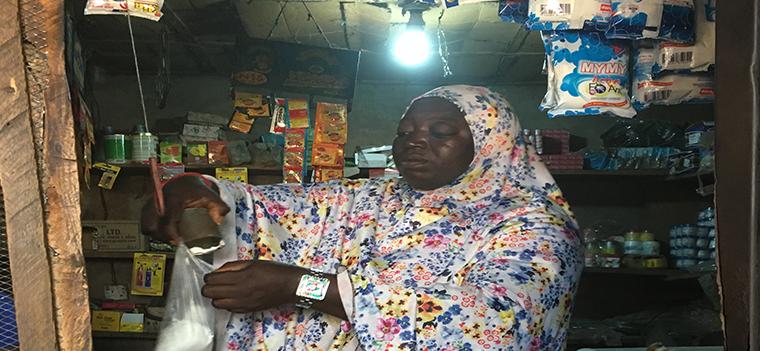News
- Approximately 80 million people in Nigeria lack access to electricity.
- A new World Bank project focuses on off-grid solar energy to help increase access to services for households, public educational institutions, and businesses.
- With ESMAP support, the project allocates $150 million for solar hybrid mini grids.
A billion people still live without electricity, but certain countries, mainly in Sub-Saharan Africa and parts of Asia, are starting to adopt new electrification approaches, reaching millions of people in the past few years.
In Nigeria, where approximately 80 million people lack access to electricity, the government is looking into off-grid solar options for expanding access.
The World Bank’s US$350 million Nigeria Electrification Project will leverage private sector investments in solar mini grids and standalone solar systems to provide electricity to 2.5 million people and 70,000 micro, small, and medium enterprises. It will also provide publicly funded reliable electricity to seven universities and two teaching hospitals. Further, the project will support the development of a sustainable framework for expanding electricity access in Nigeria over the long term.
The Energy Sector Management Assistance Program (ESMAP) provided comprehensive support to Nigeria to help scale up mini grids through the project, which allocates $150 million for 850 solar hybrid mini grids that will bring electricity to 1.5 million people and 3,000 micro, small, and medium businesses.
The design of the mini grids component incorporates the latest lessons and innovations including regulations to enable private sector participation, market intelligence for 250 sites through geospatial planning tools, an electronic platform to accommodate minimum subsidy tenders, incorporation of productive uses through collaboration with agriculture, and business development programs.
Under a successful program, the mini grid industry could grow to 8,000 sites, providing electricity to 14% of Nigeria’s population, setting an example for other Sub-Saharan Africa countries looking into this solution for increasing access to electricity.
